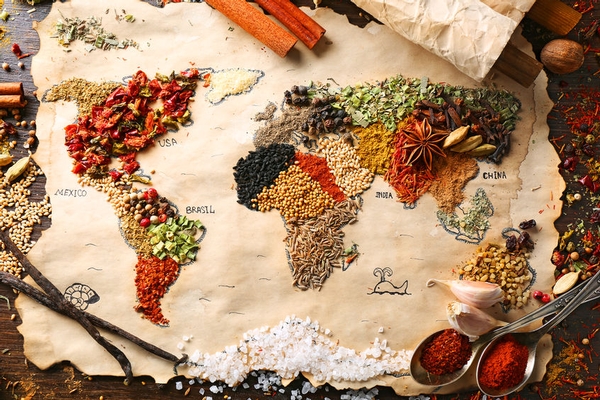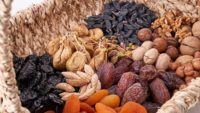A new analysis of federal import violations data claims that food imported into the U.S. from countries with low gross domestic product (GDP) poses higher safety risks than food from richer countries.
GDP is a monetary measure of the value of all final goods and services produced in a single quarter or year. These estimates are used to determine the economic performance of a country or region, and to make international comparisons.
The study, entitled “Import Security: Assessing the Risks of Imported Food”, analyzed 10 years’ worth of data from the U.S. Food and Drug Administration on food import violations. Some of the data suggests that “the size of a country’s economy appears to be a more important determinant of food safety than its wealth,”
The data showed that the top 15 violators were all major U.S. trading partners, such as Mexico, China, and the United Kingdom, suggesting that the number of refusals is driven by food import volume. But when the refusals were normalized using the volume of imports (measured in millions of dollars), major trading partners were no longer exclusively identified as the high-risk countries and the list no longer included high-income countries. For example, the normalized analysis found that the highest-risk country, Iraq, has averaged 204 refusals per million dollars of imports and Somalia has averaged 191 refusals per million dollars of imports. As an example of a low-risk, low-GDP country, Costa Rica averaged 41 refusals per billion dollars of imports. China exemplifies a high-GDP nation that is better able to manage risks. Normalizing refusals data helps put the data into perspective, and the “rate of refusals is clearly a better risk measure than refusals alone,” the authors conclude.
U.S. food imports primarily include fish, meat and vegetables--staples that make up a healthy portion of the average American diet.
To combat this disparity, researchers believe that food safety management reforms--new standards and regulations--are a must. Another alternative is that food importers could consider paying more for food products from high-GDP countries.
The research was conducted by Jonathan Welburn and Vicki Bier of the University of Wisconsin−Madison, Department of Industrial and Systems Engineering and Steven Hoerning, of Stanford University’s Graduate School of Business. It was published in the online version of Risk Analysis, a publication of the Society for Risk Analysis.
Sign up for Food Safety Magazine’s bi-weekly emails!




